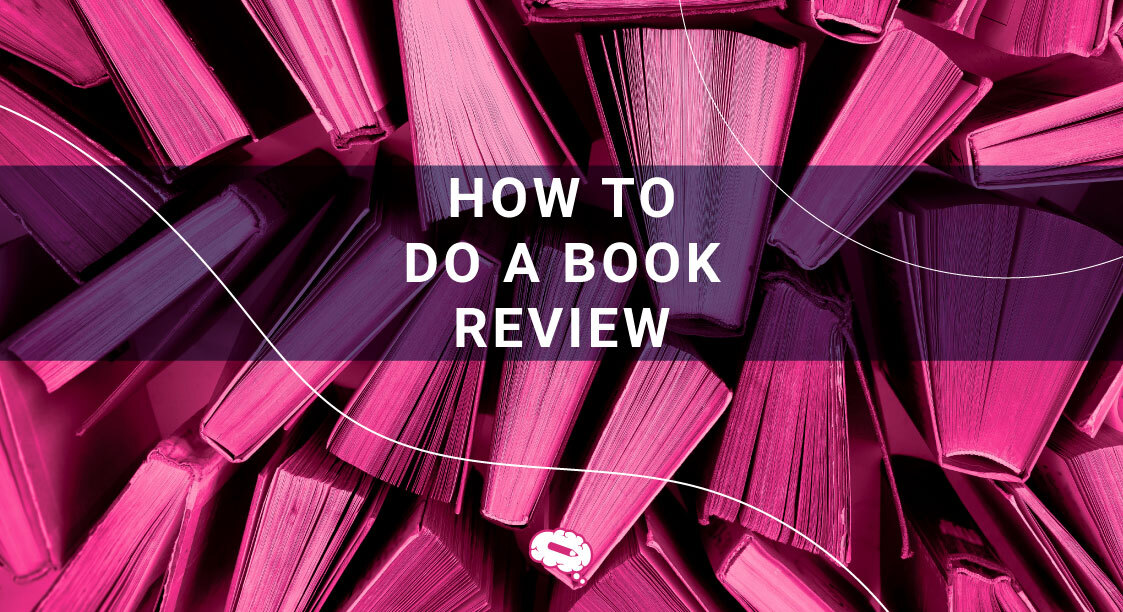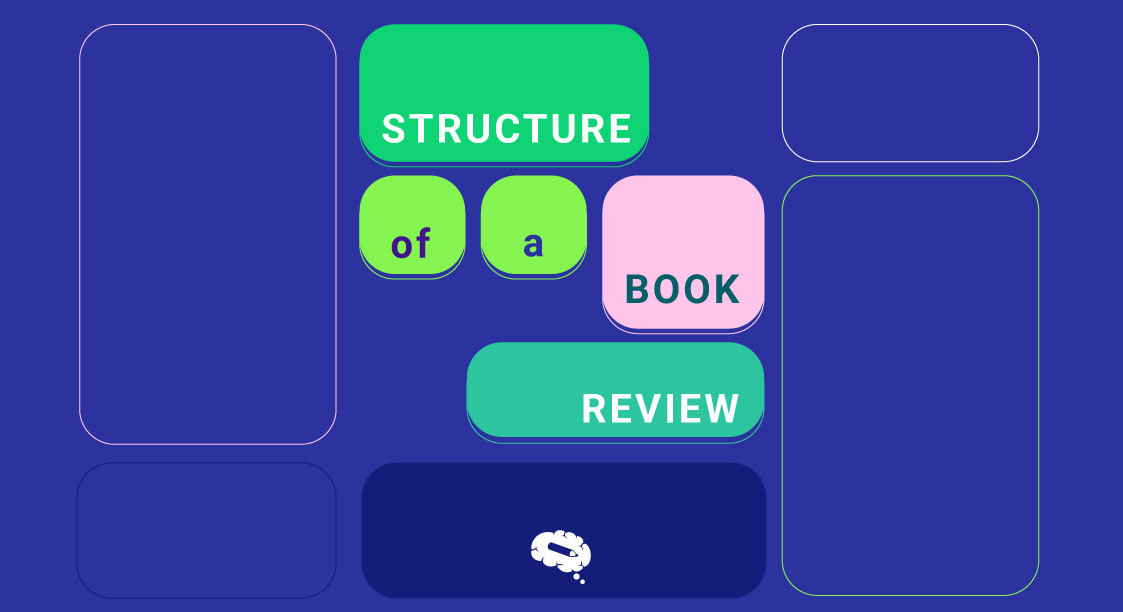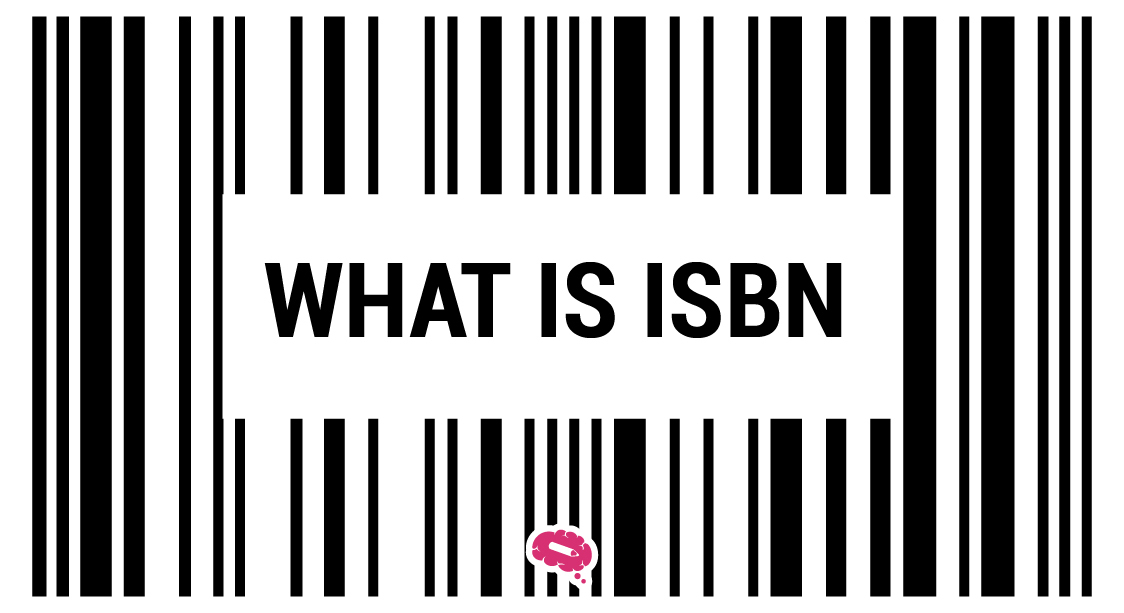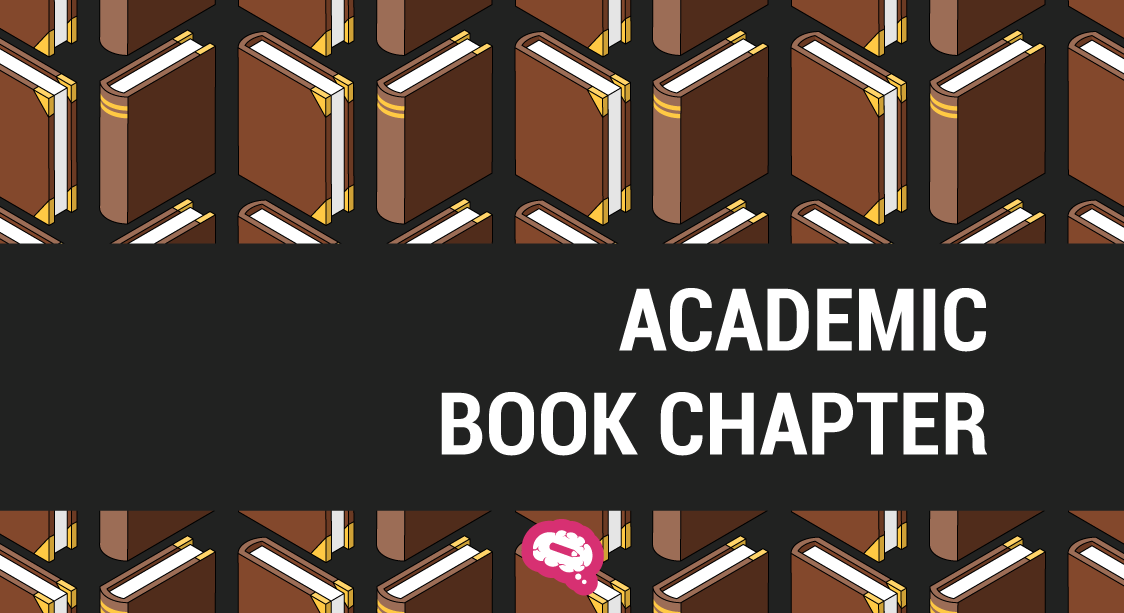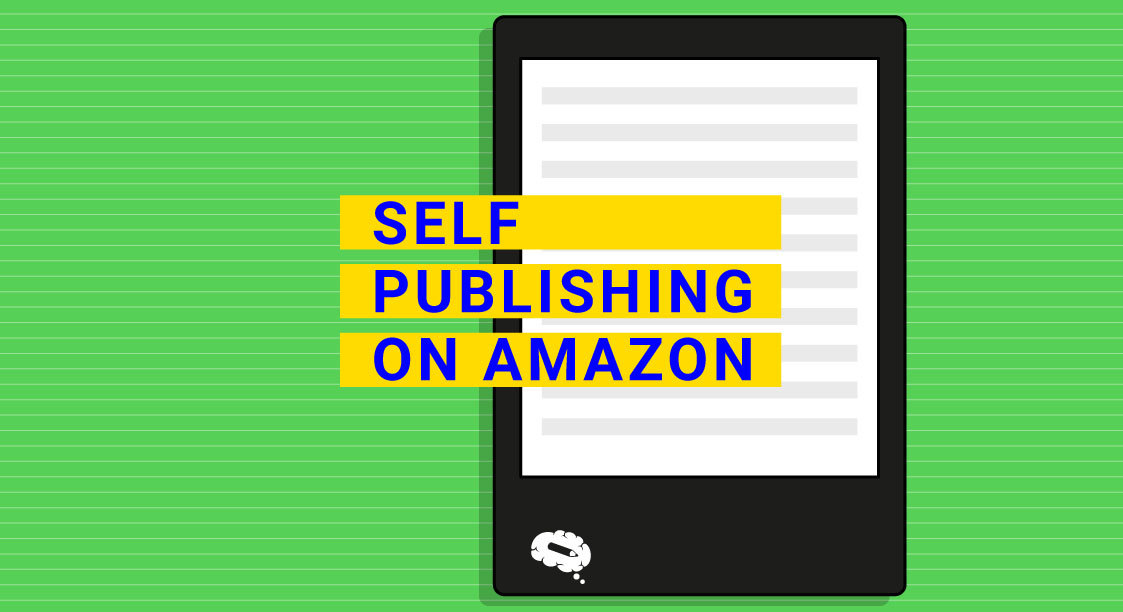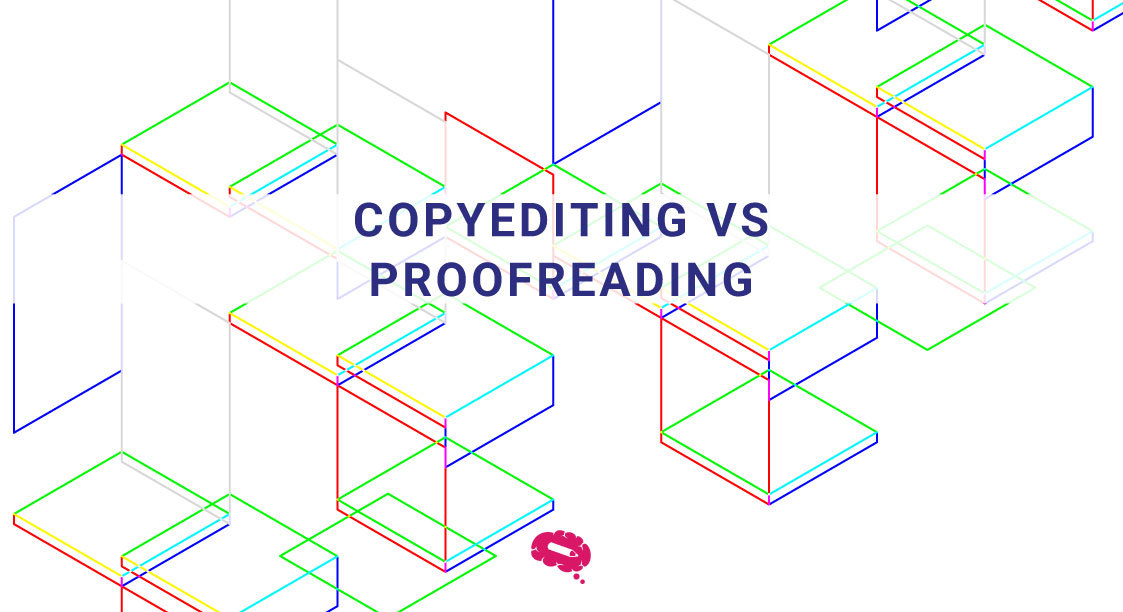Navigating the landscape of academic research often entails mastering the art of the book review—a crucial component that demands adherence to a well-structured format. The book review format serves as a blueprint for scholars to organize their insights, synthesize existing knowledge, and contribute to the scholarly discourse.
In this guide, we delve into the intricacies of a good book review, exploring what constitutes a good format and providing invaluable insights on how to do a book review properly. By dissecting the elements of an effective book review and offering practical strategies for crafting compelling narratives, this article aims to empower researchers with the tools they need to excel in their scholarly pursuits.
Understanding The Book Review Process
Navigating the book review process as a reviewer involves a series of deliberate steps aimed at providing valuable insights to readers. Understanding this process is essential for delivering thoughtful and impactful reviews that contribute to the literary discourse. In this guide, the book review process will be broken down from a reviewer’s perspective, offering practical strategies and considerations at each stage.
From selecting a book for review to articulating meaningful critiques, the key elements that shape the review process will be explored, empowering reviewers to engage with the book effectively. Whether you’re a seasoned reviewer or embarking on your first review, this guide aims to demystify the process and enhance your ability to provide valuable perspectives on literary works.
Related article: Structure Of A Book Review Made Simple
Familiarize Yourself With The Book
Familiarizing yourself with the book is the first crucial step in the review process. To understand the book’s content fully, begin by immersing yourself in its pages, paying close attention to its themes, characters, and narrative structure. Take notes as you read, jotting down key plot points, memorable quotes, and any questions or observations that arise.
Additionally, it’s essential to consider the book’s genre and how it influences your review. Different genres have distinct conventions and expectations, which can shape the reader’s experience and impact their interpretation of the book. For example, a mystery novel may be judged based on its ability to build suspense and deliver a satisfying resolution, while a literary fiction novel may be evaluated for its depth of character development and thematic exploration.
By understanding the book’s content and genre, you can approach your review with a nuanced perspective, appreciating the author’s intentions and evaluating the book’s merits within the context of its genre conventions. This comprehensive understanding enables you to provide a well-rounded and insightful review that resonates with readers and contributes meaningfully to the literary conversation.
Understand The Author’s Perspective
Understanding the author’s perspective is a crucial aspect of conducting a thorough book review. To grasp the author’s viewpoint, delve into their background, previous works, and any interviews or statements they have made about the book. Analyze the themes, motifs, and characters in the book to discern the author’s intended message or commentary on relevant issues.
Additionally, understanding the author’s writing style is essential for providing a nuanced review. Pay attention to elements such as narrative voice, tone, pacing, and use of language. Consider how these stylistic choices contribute to the overall impact of the book and shape the reader’s experience. By understanding both the author’s perspective and writing style, you can offer insightful commentary on how effectively they convey their message and engage their audience.
How To Do a Book Review
Writing the book review is the culmination of the review process, where all your observations and insights come together to form a cohesive and informative evaluation of the book. It’s crucial that you understand what a good book review entails before diving into writing a review.
Reading The Book Comprehensively
Reading the book comprehensively is essential to crafting a thorough and insightful review. To ensure a comprehensive understanding, employ careful reading strategies such as active reading and critical analysis. Engage with the text by asking questions, making connections, and challenging assumptions to uncover deeper layers of meaning.
Additionally, take notes on key themes, characters, and plot developments as you read. Record your impressions, observations, and questions to facilitate deeper analysis and reflection. Pay close attention to recurring motifs, character arcs, and narrative twists that shape the overall trajectory of the book.
By adopting these strategies and actively engaging with the text, you can enhance your comprehension and glean valuable insights that inform your review. These notes will serve as a valuable reference point as you analyze the book’s strengths and weaknesses and articulate your assessment in your review.
Identifying Key Themes And Messages
Identifying key themes and messages within the book is essential for providing a nuanced and insightful review. Understanding the importance of these themes allows reviewers to uncover the underlying messages and ideas that drive the narrative and resonate with readers. By identifying these themes, reviewers can analyze how they are developed throughout the book and how they contribute to the overall impact and significance of the story.
To identify messages within the book, reviewers should pay close attention to recurring ideas, symbols, and motifs that emerge as they read. Consider how characters, plot events, and narrative elements contribute to the exploration of these themes. Look for patterns and connections between different parts of the book to discern the author’s intended messages and the deeper meaning behind the story.
By identifying key themes and messages, reviewers can offer valuable insights into the book’s thematic depth and significance, enriching the reader’s understanding and appreciation of the work.
Character Analysis
Character analysis is a fundamental aspect of writing a comprehensive book review. Analyzing characters in the book involves examining their traits, motivations, and relationships to understand their role in driving the plot forward and conveying the book’s themes and messages. By dissecting the characters’ personalities, actions, and interactions, reviewers can provide valuable insights into their complexity and relevance to the overall narrative.
The importance of character development in the book review cannot be overstated. Well-developed characters are the heart of any story, shaping readers’ emotional engagement and investment in the book. Reviewers should assess how characters evolve throughout the narrative, whether they undergo significant growth or face internal conflicts that drive the plot forward. By evaluating the depth and authenticity of character development, reviewers can offer nuanced critiques that highlight the book’s strengths and weaknesses in crafting compelling and relatable characters.
Structuring Your Book Review
Structuring your book review is essential to effectively communicate your insights and evaluations to your audience. Organizing your review in a clear and logical manner helps readers navigate through your analysis and understand your perspective on the book. Begin by introducing the book and providing some context, such as the author’s background or the book’s genre and themes.
Introduction Of The Book Review
The introduction of the book review sets the stage for your analysis and engages your audience from the outset. When writing the introduction and providing a summary of the book, aim to capture the reader’s attention with a compelling opening sentence or anecdote related to the book. Then, offer a concise summary of the book’s plot, characters, and central themes, providing enough context to pique the reader’s interest without giving away major spoilers.
In addition to summarizing the book, use the introduction to introduce the author and the book’s title. Provide some background information about the author, such as their previous works or any relevant biographical details that may shed light on their writing style or thematic interests. Discuss the significance of the book’s title and how it reflects the overarching themes or motifs explored in the narrative.
By writing a well-crafted introduction that provides a brief overview of the book and introduces the author and title, you can set the stage for a thoughtful and engaging review that resonates with your audience.
Body Of The Book Review
The body of the book review is where you delve into the heart of your analysis, exploring key aspects such as the plot, theme, and characters. When writing the review about the plot, theme, and characters, provide detailed insights into how these elements contribute to the overall impact and significance of the book. Discuss the plot’s pacing, twists, and resolution, considering how they engage the reader and drive the narrative forward. Analyze the central themes of the book, examining how they are developed and explored throughout the story and their relevance to broader issues or ideas.
Additionally, when mentioning important scenes and narration style, highlight specific scenes or passages that stand out for their emotional resonance, thematic significance, or narrative impact. Discuss the author’s narration style, examining aspects such as point of view, tone, and use of language. Consider how these elements shape the reader’s experience and contribute to the overall effectiveness of the book.
By providing a detailed analysis of the plot, theme, and characters, and discussing important scenes and narration styles, you can offer readers valuable insights into the book’s strengths and weaknesses, enriching their understanding and appreciation of the work.
Conclusion Of The Book Review
The conclusion of the book review is your opportunity to provide a final assessment and leave a lasting impression on your readers. When summarizing thoughts and impressions about the book, reflect on your overall reading experience and highlight the key insights and emotions the book evoked. Consider how the plot, characters, themes, and writing style contributed to your enjoyment or engagement with the book.
In addition to summarizing your thoughts, give a final assessment or recommendation to your readers. Offer your opinion on whether the book is worth reading and who might enjoy it most. Provide recommendations for readers who may be interested in exploring similar books or authors, and suggest any additional resources or further reading that may enhance their understanding of the book’s themes or context.
By providing a thoughtful summary of your thoughts and impressions about the book and offering a final assessment or recommendation, you can leave your readers with a clear understanding of your perspective and encourage them to engage with the book themselves.
Finalizing The Book Review
Finalizing the book review is a crucial step in ensuring that your analysis is polished and effectively communicates your insights to your audience. During this stage, take the time to review and revise your review for clarity, coherence, and accuracy. Pay attention to the overall structure and flow of your review, ensuring that each section transitions smoothly into the next and that your main points are clearly articulated.
Proofreading The Review
Proofreading the review is a critical step to ensure its quality and effectiveness. When discussing the importance of proofreading, emphasize that it allows you to catch errors and inconsistencies that could undermine the credibility of your analysis. A well-proofread review reflects positively on your professionalism and attention to detail, enhancing the overall impact of your critique.
Also read: Copyediting vs Proofreading: The Art Of Text Refinement
In addition to emphasizing the importance of proofreading, discuss checking for clarity, correctness, and coherence. Clarify that this involves reviewing your review for clarity of expression, ensuring that your arguments are presented logically and coherently. Check for correctness in grammar, spelling, and punctuation to maintain professionalism and readability. By ensuring that your review is clear, correct, and coherent, you can effectively convey your analysis and insights to your audience.
Getting Feedback
Getting feedback on your book review is essential for improving its quality and effectiveness. Discussing the importance of getting feedback from peers or mentors, emphasize that external perspectives can offer valuable insights and identify blind spots or weaknesses in your analysis that you may have overlooked. Peers or mentors can provide constructive criticism, suggestions for improvement, and alternative viewpoints that enrich your review and strengthen your arguments.
Furthermore, discuss how feedback can improve the book review. Highlight that constructive feedback helps you refine your ideas, clarify your arguments, and polish your prose. It can also help you identify areas where further explanation or evidence may be needed, ensuring that your review is thorough and well-supported. By incorporating feedback into your review process, you can enhance its overall quality and impact, ultimately providing readers with a more insightful and engaging analysis.
Regular Book Review vs. Science Book Review
- Content Focus:
- Regular book reviews typically focus on the literary aspects of a book, such as plot, characters, writing style, and themes. They may also discuss the author’s background and overall impression of the book.
- Science book reviews, on the other hand, center on the scientific content and contributions of the book. They delve into the accuracy of the science presented, the relevance of the research or ideas discussed, and the impact of the book on its field or the broader scientific community.
- Audience:
- Regular book reviews are aimed at a general audience interested in literature and storytelling. They may appear in literary magazines, newspapers, or online platforms.
- Science book reviews target readers with a background or interest in science, including researchers, academics, students, and science enthusiasts. They are often published in scientific journals, specialized magazines, or online forums dedicated to science communication.
- Structure:
- Regular book reviews typically follow a structure that includes an introduction, summary of the book, an analysis of key themes or elements, and a conclusion with the reviewer’s overall impression.
- Science book reviews may have a similar structure but with a focus on evaluating the scientific content. This could involve discussing the relevance of the research, the rigor of the methodology, the clarity of the presentation, and the implications of the findings.
- Expertise:
- Reviewers of regular books may include professional critics, journalists, or avid readers with a passion for literature.
- Science book reviewers are often experts in the relevant scientific field, such as researchers, academics, or science journalists with knowledge and experience in the subject matter.
Mistakes To Avoid In Any Type Of Book Review
Now that you’ve learned how to do a book review properly, let’s explore common mistakes to be mindful of.
- Lack of Focus: Failing to establish a clear research question or objective can lead to a book review that lacks focus and coherence. Ensure that your book review addresses a specific research gap or question and stays focused on relevant books.
- Inadequate Search Strategy: Conducting a superficial or incomplete book search can result in overlooking key studies or sources relevant to your topic. Develop a comprehensive search strategy that includes multiple databases, keywords, and search terms to ensure thorough coverage of the book.
- Failure to Critically Evaluate Sources: Simply summarizing an existing book without critically evaluating its quality, relevance, or methodological rigor can weaken the credibility of your book review. Critically assess each source’s strengths, limitations, and contributions to the field to demonstrate your analytical skills.
- Lack of Synthesis: A book review should go beyond summarizing individual studies and strive to synthesize key findings, themes, or trends across multiple sources. Failure to synthesize the book can result in a descriptive rather than analytical review.
- Over-Reliance on Secondary Sources: Depending too heavily on secondary sources, such as book reviews or textbooks, without consulting primary sources can limit the depth and originality of your book review. Seek out primary sources, theoretical frameworks, and empirical evidence to provide a more comprehensive analysis.
- Bias or Cherry-Picking: Cherry-picking studies that support your preconceived ideas or biases while ignoring conflicting evidence can lead to a biased and one-sided book review. Aim for objectivity and balance by considering a diverse range of perspectives and evidence.
- Poor Organization and Structure: A poorly organized book review with disjointed sections or unclear transitions can confuse readers and undermine the overall coherence of your argument. Develop a clear and logical structure with well-defined sections that guide readers through your analysis.
- Inadequate Citation Practices: Failing to properly cite sources or adhere to citation guidelines can result in accusations of plagiarism or academic misconduct. Ensure that you accurately cite all sources consulted and follow the appropriate citation style consistently throughout your book review.
- Neglecting Recent Books: Ignoring recent studies or failing to incorporate the latest research developments into your review can make your review outdated and less relevant. Stay abreast of recent books in your field and prioritize including recent studies and advancements in your analysis.
- Lack of Conclusion or Implications: Concluding your book review without summarizing key findings, discussing implications for future research, or suggesting areas for further investigation can leave readers with unanswered questions. Provide a concise conclusion that highlights the main insights and implications of your review.
300+ Pre-Made Templates, Built By Science Designers, For Medical, Biology, Molecular, and Many Other Fields
Unlock the power of visual storytelling with Mind the Graph‘s platform tailored for scientists, researchers, and academics. Explore over 300 pre-made templates meticulously designed by science experts for fields like Medical, Biology, Molecular, and more.
With Mind the Graph, effortlessly create stunning graphics, illustrations, and infographics to captivate your audience and convey complex scientific concepts with clarity. Our intuitive drag-and-drop interface and customizable templates make it easy to transform your research findings into visually engaging visuals in minutes.

Subscribe to our newsletter
Exclusive high quality content about effective visual
communication in science.

